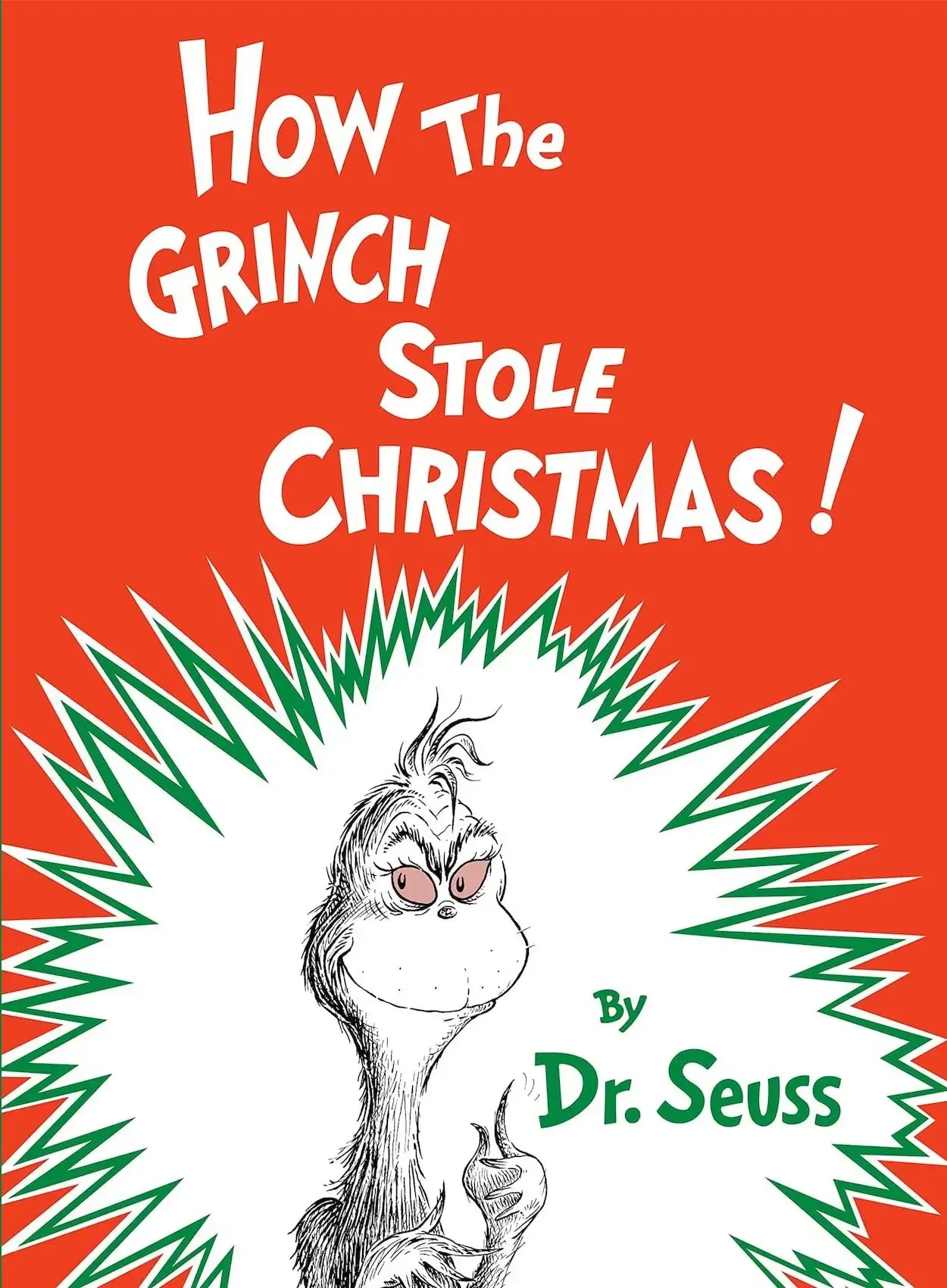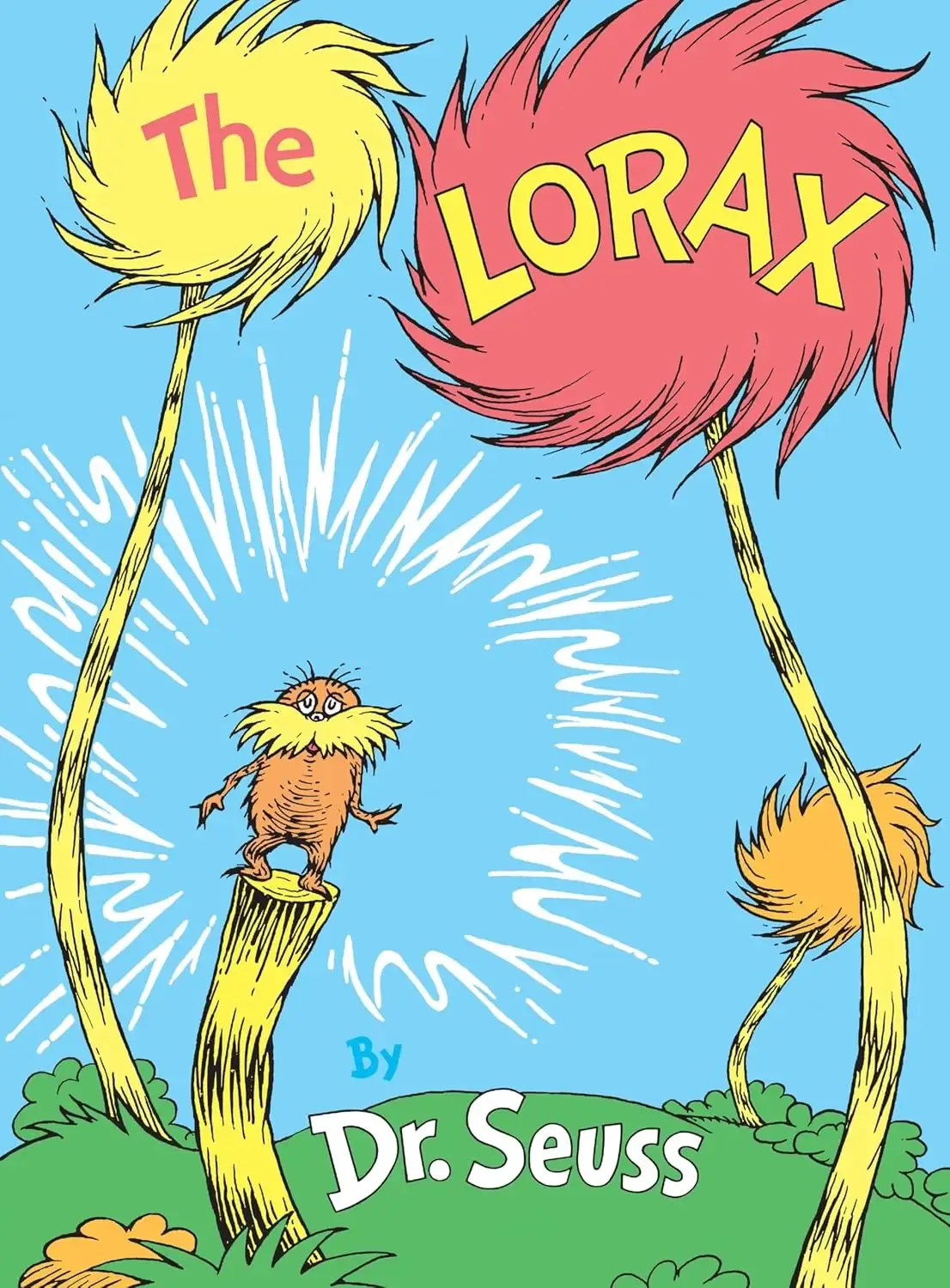Dr. Seuss’s The Lorax is a powerful and thought-provoking picture book that tackles the complex issue of environmental conservation through a whimsical yet sobering story. First published in 1971, the book is a plea for environmental awareness, urging readers to consider the consequences of unchecked industrialization and greed. While the story may be written in Seuss’s signature playful rhyme, its message about the importance of caring for the planet remains as urgent today as it was over fifty years ago.
At the heart of The Lorax is the conflict between the Once-ler, a profit-driven businessman, and the Lorax, a small, mustached creature who speaks for the trees and animals. The Once-ler discovers the beautiful Truffula Trees and, seeing the potential for profit, begins to cut them down to make his product, the “Thneed.” As his business grows, the environment around him deteriorates, first, the trees disappear, then the animals, and finally the air and water become polluted. Despite the Lorax’s constant warnings, the Once-ler ignores the environmental consequences in his pursuit of profit, leading to the complete destruction of the Truffula forest.
Seuss’s rhyming verse and playful language lend an accessibility to the story, making it easy for children to engage with a serious topic. The simplicity of the language allows young readers to understand the cause-and-effect relationship between the Once-ler’s actions and the devastation that follows. Seuss’s talent for wordplay keeps the tone light enough to maintain engagement without diminishing the weight of the message. The rhythmic, bouncy lines help balance the darker themes, making it a book that both entertains and educates.
One of the most striking aspects of The Lorax is its vivid, imaginative illustrations. The colorful Truffula Trees, the whimsical animals, and the bright, rolling hills create a world that feels magical and inviting at the beginning of the book. However, as the Once-ler’s factory grows and the trees are cut down, the colors drain from the landscape, leaving behind a bleak, gray wasteland. Seuss’s art effectively mirrors the environmental degradation, showing young readers how beautiful, thriving ecosystems can be destroyed by careless industrialization. The contrast between the lush beginning and the stark ending visually reinforces the book’s environmental message.
The Lorax, who “speaks for the trees,” serves as the moral compass of the story. He is a small but determined figure who advocates for the environment and the animals that depend on it. His repeated warnings to the Once-ler about the dangers of overconsumption and habitat destruction reflect the voices of environmental activists who have long fought to protect nature from human exploitation. Despite his efforts, the Lorax is ultimately powerless to stop the devastation, a poignant reminder that caring for the environment requires collective action, not just the words of a few concerned individuals.
The Once-ler, on the other hand, is a complex character. Unlike many villains in children’s literature, he is not malicious but rather short-sighted and driven by greed. His actions aren’t motivated by cruelty but by his inability to see beyond his immediate profits. This portrayal of the Once-ler makes him a more relatable and human character, one that reflects the real-world challenges of balancing economic growth with environmental preservation. By the time he realizes the consequences of his actions, it is too late. His story serves as a cautionary tale, urging readers to think about the long-term impact of their choices on the planet.
One of the book’s most memorable lines comes toward the end: “Unless someone like you cares a whole awful lot, nothing is going to get better. It’s not.” This call to action is a direct appeal to readers, especially children, to take responsibility for the environment. It underscores the book’s core message that change starts with individuals who care enough to make a difference. The Once-ler’s regret and the hope offered by the final Truffula seed highlight the potential for redemption, but only if future generations are willing to take up the cause.
Despite being written decades ago, The Lorax feels incredibly relevant in today’s world, where environmental issues such as deforestation, pollution, and climate change dominate global conversations. Dr. Seuss was ahead of his time in recognizing the importance of environmental stewardship, and his message continues to resonate with readers of all ages. The book’s lasting impact can be seen in its frequent use in classrooms and its influence on environmental campaigns.
The Lorax is a timeless story with a powerful message about the importance of protecting the environment. Through his vibrant illustrations and clever, rhythmic text, Dr. Seuss crafts a tale that is as enjoyable as it is thought-provoking. It encourages readers, young and old, to reflect on their responsibility toward nature and to take action before it’s too late. This classic picture book remains a vital tool for teaching the next generation about the importance of sustainability and caring for the world we live in.
Questions to ask while reading:
- What do you think the Lorax represents in the story?
- How does the Once-ler's attitude toward the environment change throughout the book?
- What can we learn from the Lorax's message about caring for the environment?
More books by Dr. Seuss:
 How the Grinch Stole Chrismas
How the Grinch Stole Chrismas




